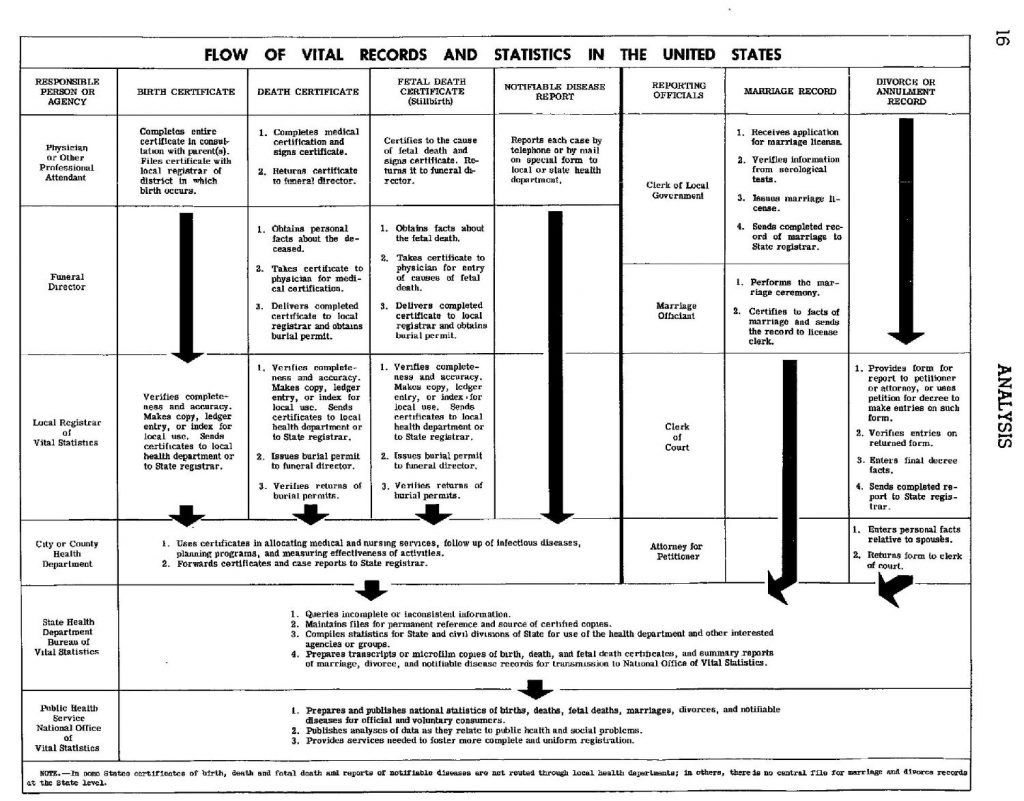Differences In Final Arrangements Between Burial And Cremation As The Method Of Body Disposition examined the funeral and burial arrangements selected by a national sample of customers who chose cremation as the form of bodily disposition, compared to choices made by customers selecting whole-body burial. The project produced interesting results, and is notable for focusing on funeral purchases, which is a rarely-studied topic, as well as for its target audience. Working under the sponsorship of the funeral industry, the researchers were able to collect data from funeral home and crematory customers who were next of kin or very close survivors, whose ages were typical of such customers—which is not often possible for research into funeral practices.1
Subjects: 703 adults who were either next of kin or the closest survivor of people whose arrangements were handled by funeral homes and crematoriums in the cities listed here within the previous 10 to 30 months. Respondents were: 496 females, average age 58.7 years; 207 males, average age 60 years. 470 were bereaved of people who were cremated, and 233 of people buried. Subjects were in six metropolitan areas: Phoenix, Arizona; San Diego, California; Tampa/St. Petersburg, Florida; Chicago, Illinois; Kansas City, Missouri; and Seattle, Washington.
Main findings
Nearly 40% of cremation cases were accompanied by no ceremony at all (19.8%), or a memorial service at a later date (18.7%).
Only 36.4% of cremation dispositions were followed by a social gathering, versus 62.7% of whole-body burials.
Over 57% of cremated remains were either buried (40.4%) or placed in a niche (16.8%).
Neither saving money, nor saving land, nor convenience were cited more as reasons for making the choice of cremation than for the choice for whole-body burial.
Continue reading 1986: Differences Between Burial And Cremation Arrangements
